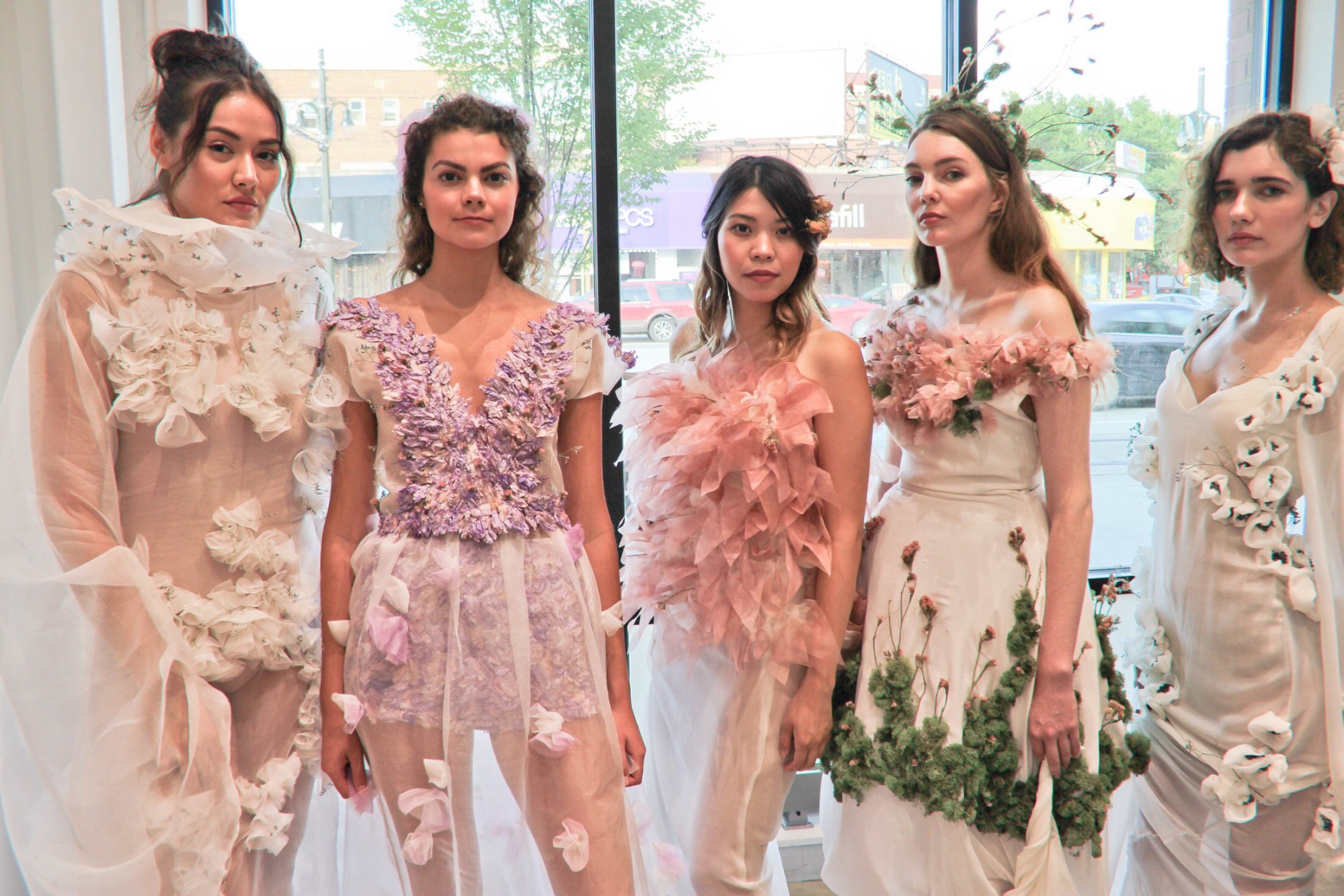Sustainable fashion also known as eco-fashion is known to be environmentally conscious. From using organic materials and dyes to recycled material, this movement began in the late 1980s. Today, it’s a widely discussed topic that certain businesses adopt into their production.
Certain companies that practice fast fashion have often been criticised for child labour and operating sweatshops. These unethical practices has lead to the rise in sustainable fashion which aims to be responsible and more principled in their dealings.
With society becoming more choice-conscious, here are a few interesting ideas about fashion, and how it can be more sustainable.
1. The fashion industry is the 3rd most polluting industry
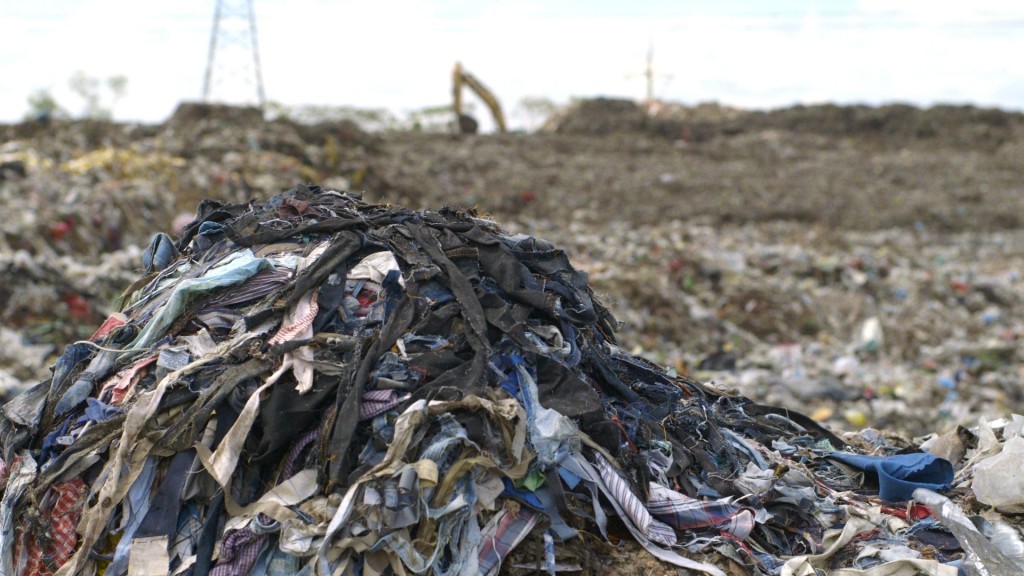
Image Credit: Trusted Clothes
For an industry that constantly produces new clothing, the fashion industry is the second highest polluter of water. Placing it squarely ahead of agriculture, which comes in third.
Overall, fashion is the third most pollution industry. This is due to the use of toxic chemicals such as bleach and dyes that has greatly polluted water
Polyester is the most popular choice of fabric. But when they’re washed, these fabrics shed micro fibres that further pollute the ocean. As it’s not biodegradable, it becomes a serious threat to sea creatures.
Thus, the sustainable fashion movement aims to reduce the impacts of overconsumption.
2. The world consumes 80 billion pieces of new clothing each year
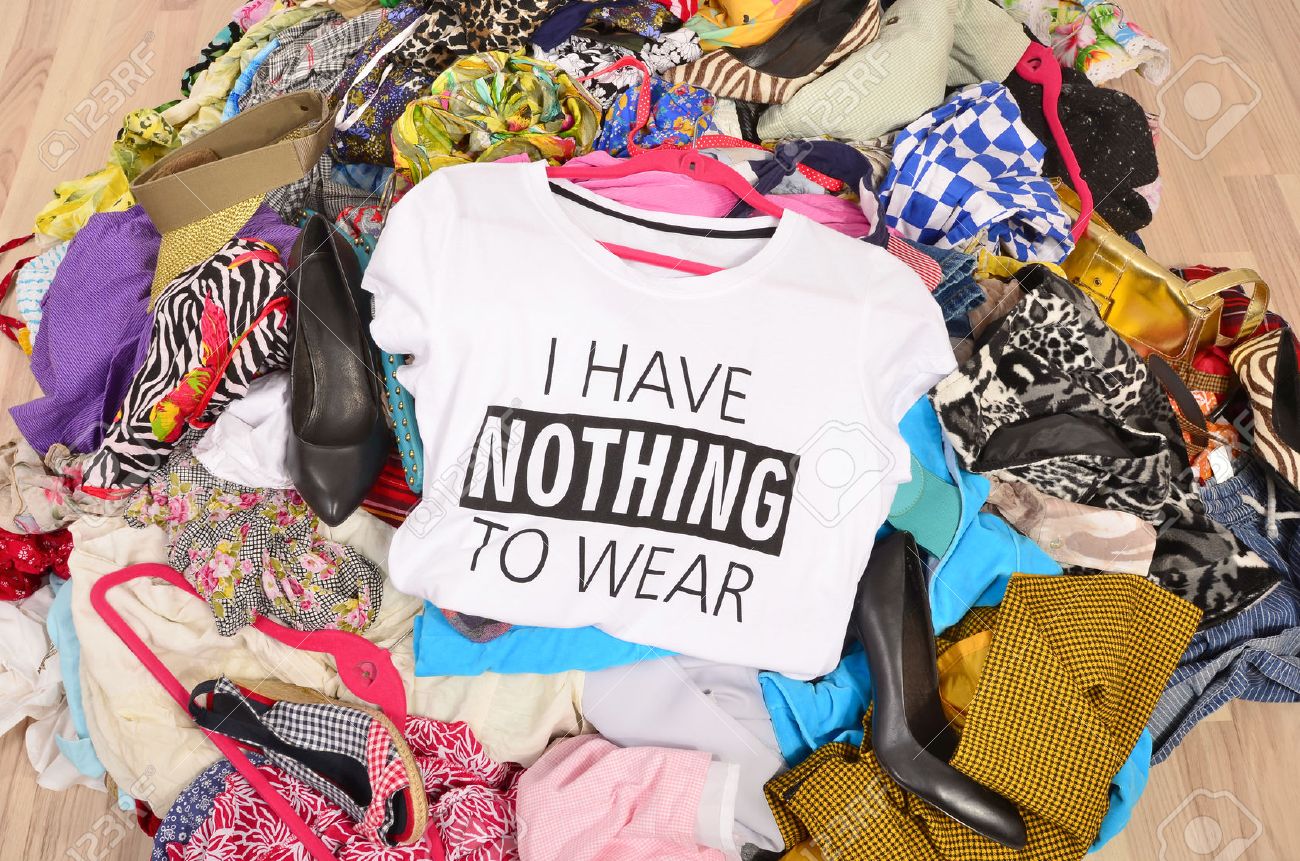
Image Credit: Stock Photos
How often do we buy clothing just of of our impulse? Annually, the world purchases 80 billion pieces of new clothing. Clothing was once valued for its durability and was costly. As technology lead to mass production, clothing became cheaper and much easier to produce.
We can now buy items that look like they're straight off the runway at a fraction of the price.
This is known as fast fashion, and this industry is worth 1.2 trillion alone. Retail outlets change their items every season, regardless of whether it sells out or not.
Consumers can buy different styles, cuts, and fashion to switch their look. However, the overproduction required to meet rising consumer demands has lead to severe environmental pollution.
3. Local production minimises the environmental footprint
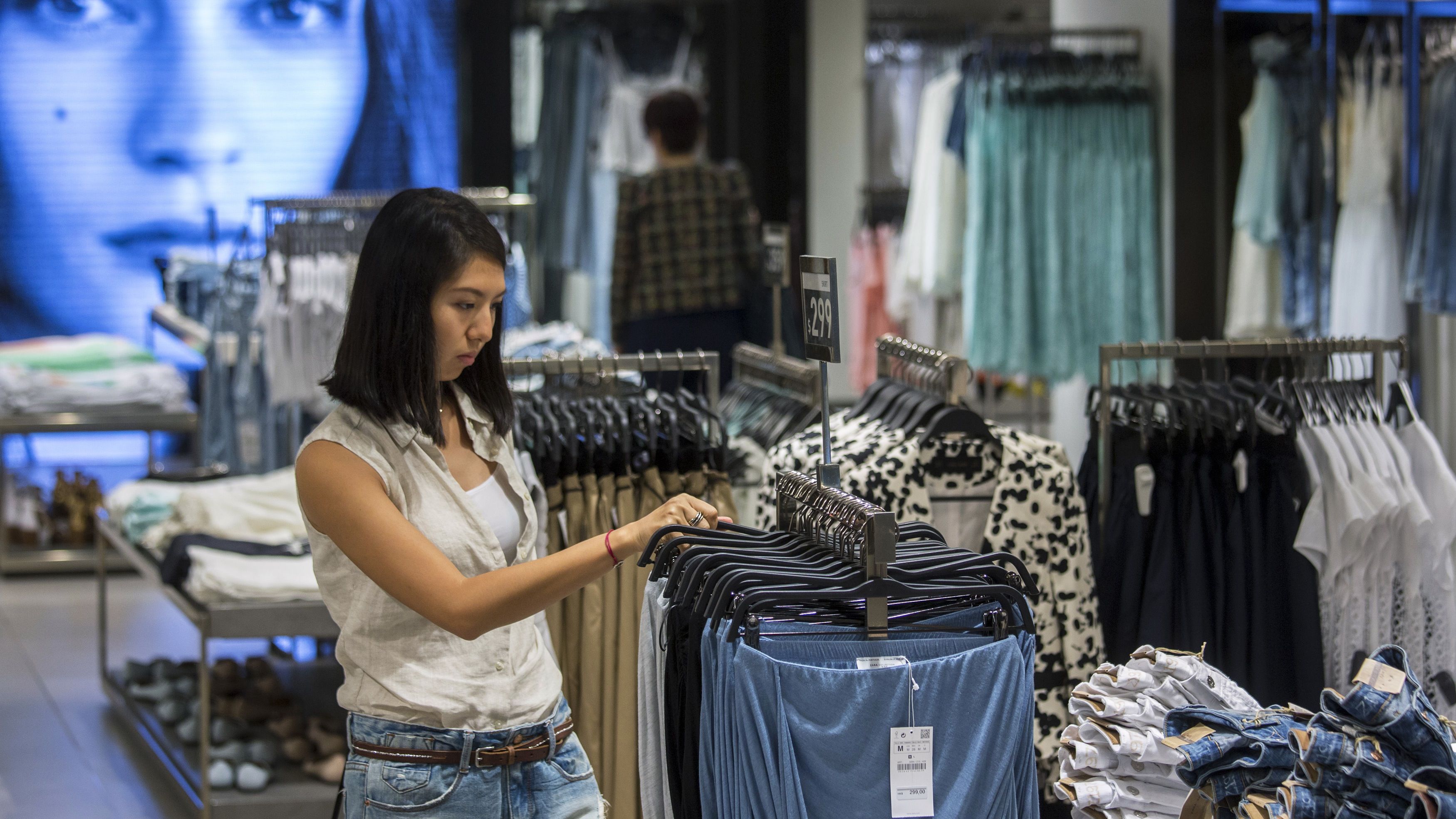
Image Credit: Quartz
So how can we reduce fashion’s pollution? For starters, buying from local products reduces carbon footprint. When you buy an item that was manufactures overseas, it’s produced and then shipped over. This takes up fuel, water and energy, which is bad for the environment.
One way to practice sustainable fashion is to find out whether the clothing is made locally.
Locally sourced and produced material should be more affordable as transportation is much cheaper. You also support sustainable Malaysian brands like Tortoise & Lady Grey, Worn New, and Okgostore, which can be good for national economy as well.
4. Practice minimalism
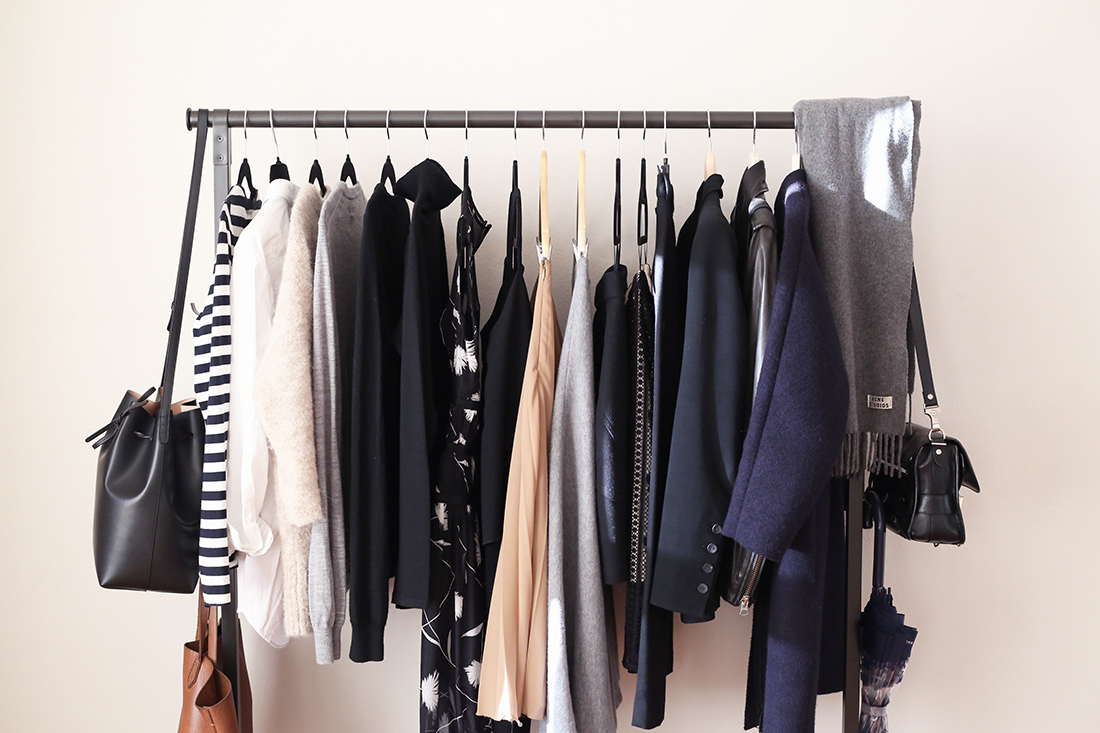
Image Credit: Personal Shopper
This one’s a no brainer. Minimalism simply means “less is more”. Buy needing less, you buy less clothes. In the long run, you produce less waste compared to the average Malaysian.
Furthermore, you refrain from contributing to fast fashion. As long as we have clothes to wear, fast fashion is simply a matter of consumerism and vanity.
5. Organic materials are the way to go!
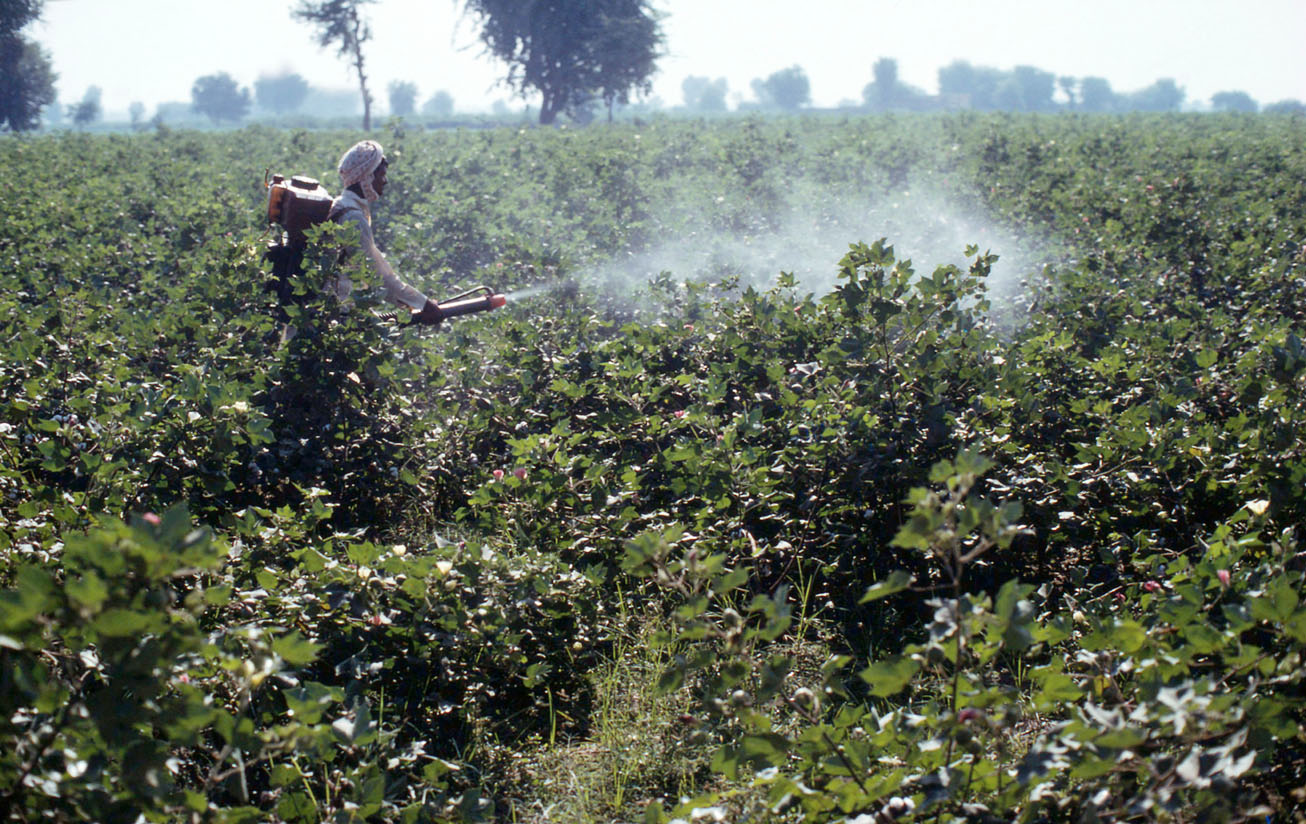
Image Credit: WWF / Mauri RAUTKARI
Pesticides in growing cotton can be really bad for your skin. In addition, these chemicals heavily pollute farming lands to the extent that it can’t be used to grow plants again.
According to this article, the cotton industry uses more pesticide than any other crop in the world.
Furthermore, polyester clothing can take ages to decompose due to its synthetic nature. Therefore, it’s best to support clothing made from organic or recycled material to lessen the chemical pollution in the environment.
6. On average, it takes 7000 litres of water to make a pair of jeans

Image Credit: The Idle Man
Denim is not a naturally occurring fabric. Many chemicals are used to make jeans sturdy, durable and resistant. Producing a simple pair of jeans takes up 7,000 litres of water, which is the amount of water you drink in 5-6 years!
Even the indigo dye used to give jeans that distinct blue colour is filled with chemicals.
Through washing and processing, these harmful components taint water sources that ends up being disastrous for both marine life and humanity. Sustainable fashion recognises the high environmental costs of production. Thus, buying repurposed or second hand jeans would save plenty of water.
7. Prevent hurting or killing animals for clothing
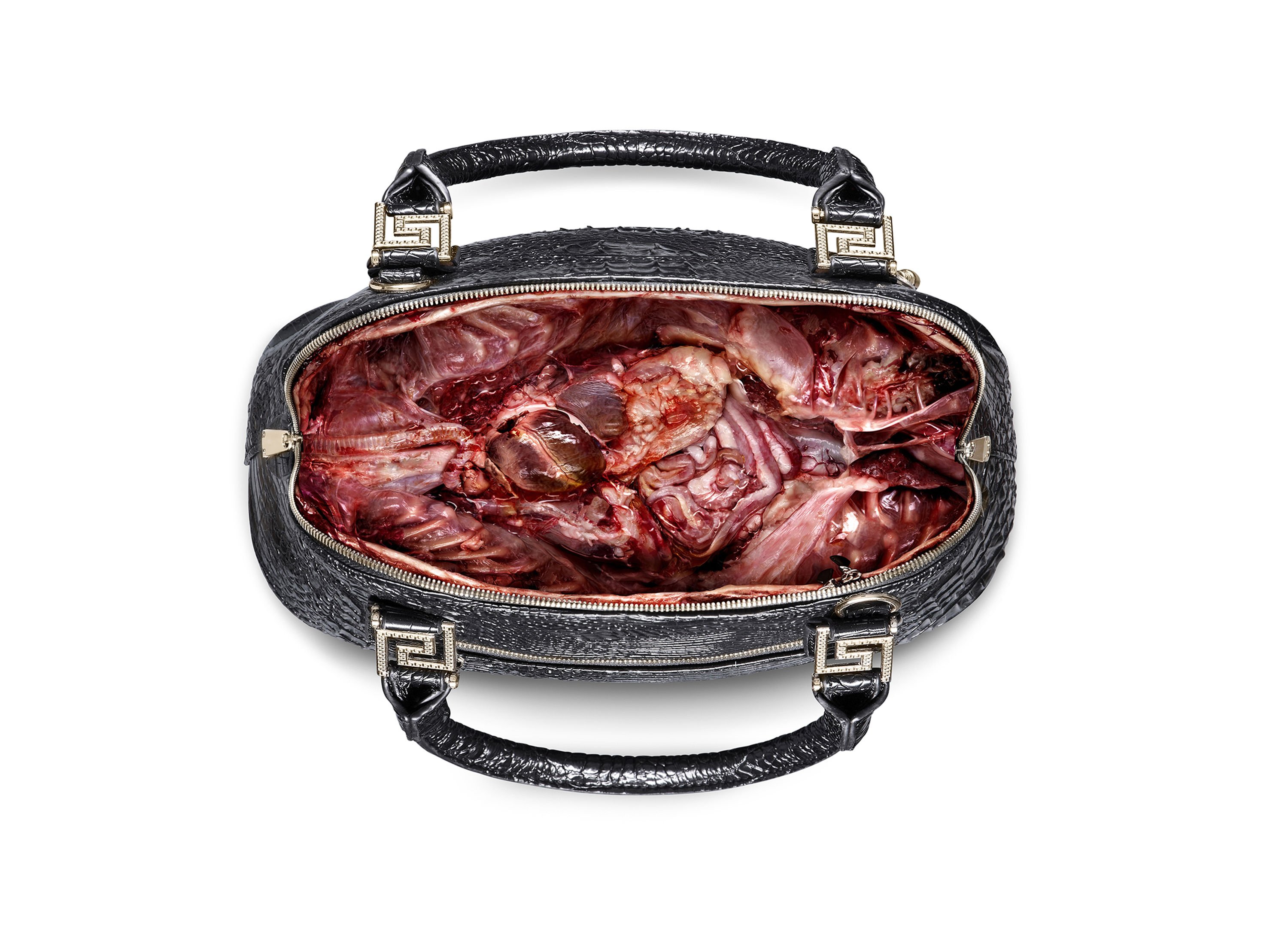
Image Credit: PETA
Many high fashion and luxury brands are guilty of killing animals for products. This includes leather, fur, and skin. Animals are mass produced before being slaughtered inhumanely. Sustainable fashion takes a stand to such cruelty.
PETA continues to run campaigns urging consumers to stop supporting brands that use animals.
Most notably, the “Behind The Leather” campaign showcases luxury handbags with realistic synthetic animal innards complete with fake blood. This is an attempt to dissuade customers from buying luxury products of brands that are known for animal cruelty. Thus, supporting sustainable fashion saves the lives of many innocent animals.
8. Recycle or buy second hand clothes

Image Credit: Kedai Jalanan UM FB Page
Sustainable fashion also promotes buying second hand clothes, which is a much better alternative to consuming fast fashion.
In UK, it’s estimated that 1 million tonnes of textiles are discarded each year. Therefore, people are encouraged to recycle or donate their unused clothes.
Recycling and donating also have many perks. Such as reducing the amount of clothes that get sent to landfills.
Furthermore, less fabric is manufactured that eventually leads to less pollution. As such, here are a few NGOs in Malaysia that you could donate your unwanted clothes to.
9. The Malaysian market's demand for clothing is valued at USD7 billion
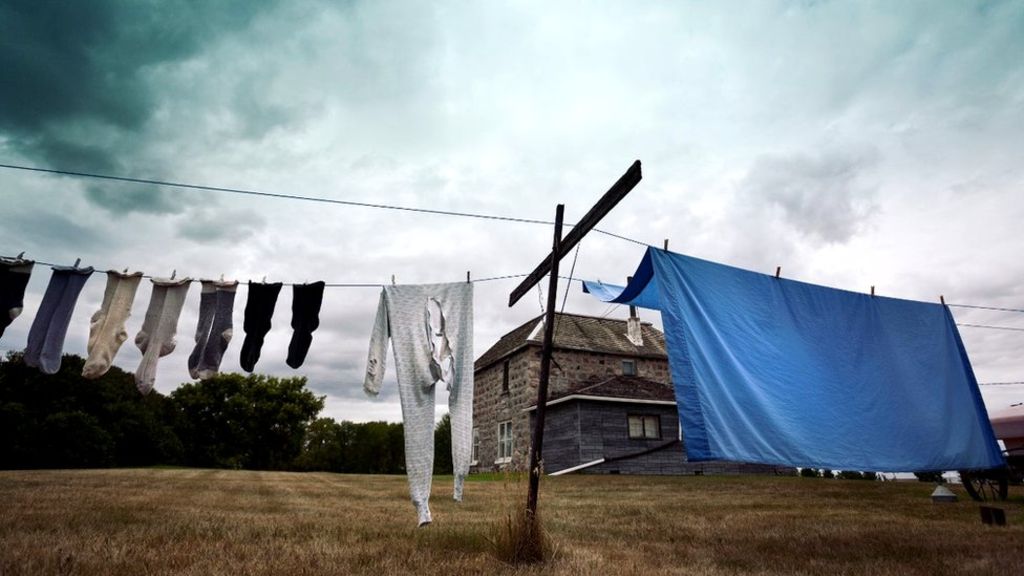
Image Credit: Pintrest
According to Statista, Malaysia's demand for clothes in 2018 is valued at USD7 billion.
This is a result of buying more than what we need without ever wearing them on a constant basis. These are clothes that'll most likely end up in landfills.
Why do people throw away their clothes? Most of the time, they’re simply not aware of donation centres or thrift shops. Some simply can’t be bothered.
This lack of awareness further worsens the problem. Therefore, it’s important to donate clothes to maintain their value and utility.
10. Some fashion brands practice sustainable fashion

Image Credit: H&M
If you still prefer to buy from retail outlets, a few brands are integrating sustainable fashion into their practices. H&M’s Conscious Collection features clothing made from recycled or organic materials.
Furthermore, you can donate your clothes to H&M outlets as part of their ongoing commitment to ethical and fair fashion.
Malaysia’s local NGO, Biji-Biji Initiative, also takes part in sustainable fashion. They collect used materials and up-cycle them into handbags.
Realising the environmental and human impact fast fashion has should make us more choice-conscious.
It’s eye-opening to see the tremendous amount of resources that go into clothing production. At the end of the day, we should weigh out our wants and needs to avoid the consequences of instant gratification.
Feature Image Credit: Michelle K Boehm

